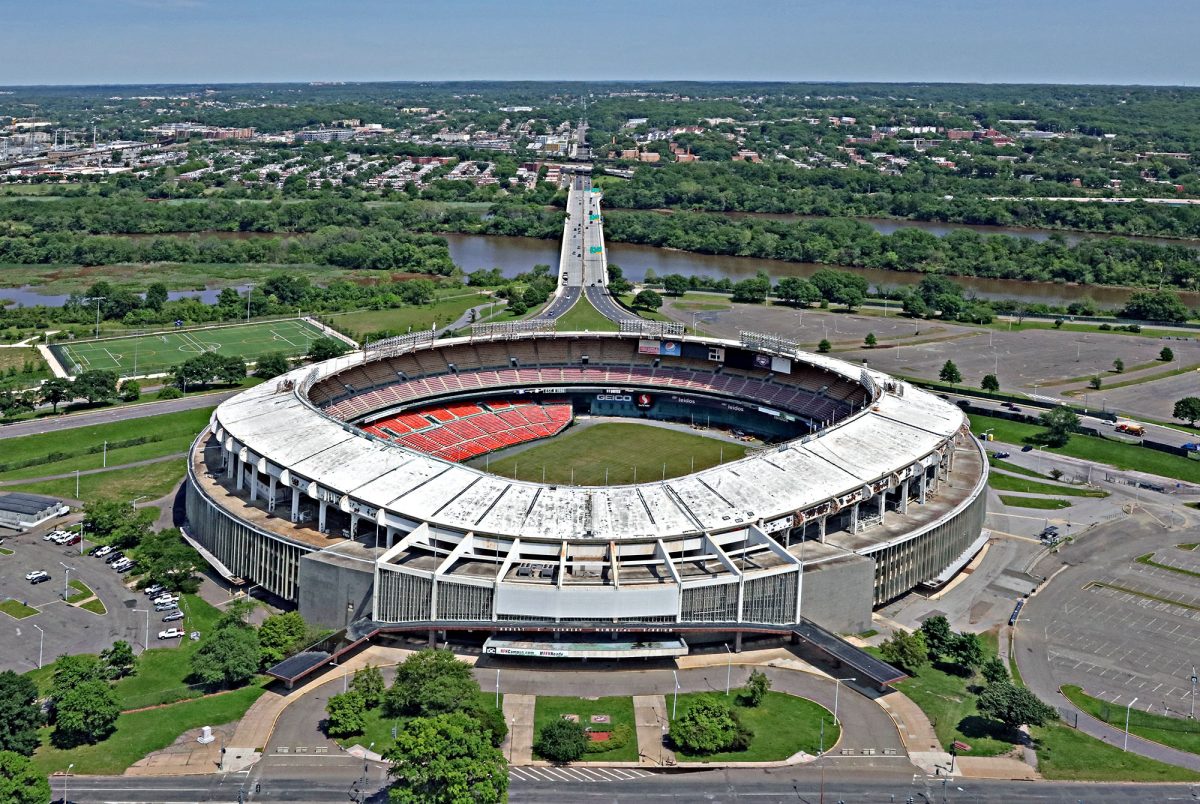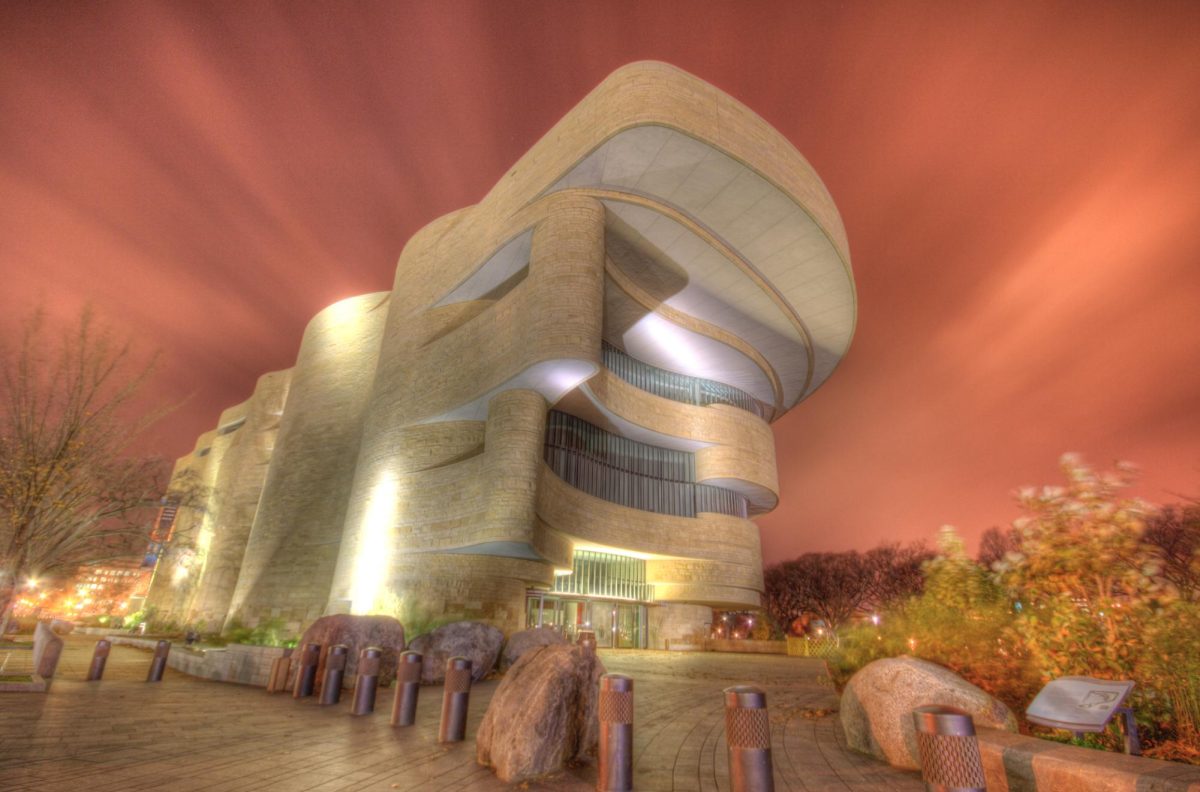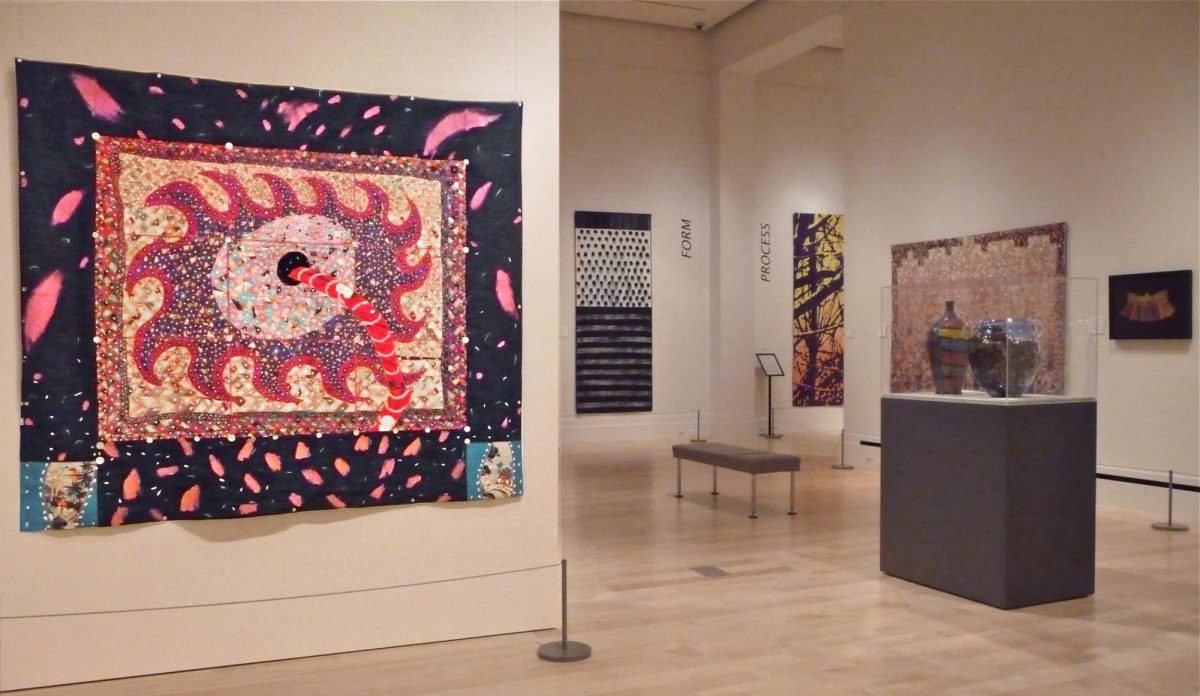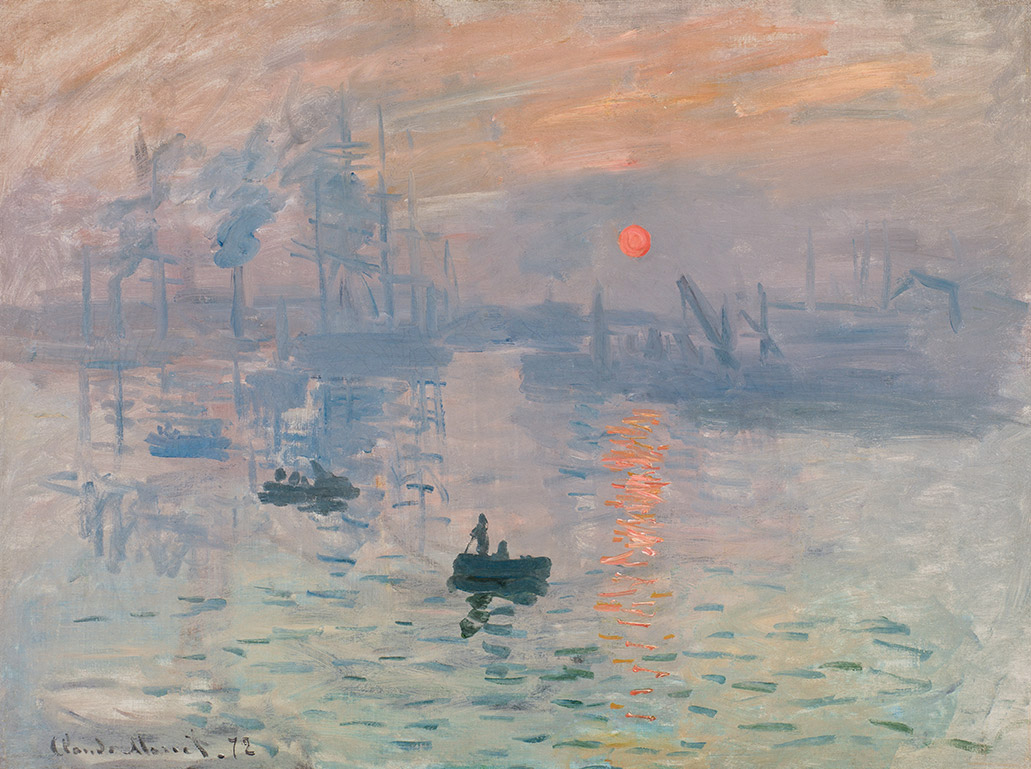“Paris 1874: The Impressionist Movement,” a new exhibition at the National Gallery of Art in collaboration with the Musée d’Orsay, compiles 130 art pieces to celebrate the 150th anniversary of the Parisian Impressionist movement. Featuring dynamic and stunning works from artists such as Claude Monet, Paul Cézanne, Berthe Morisot and Camille Pissarro, the exhibition highlights the revolutionary spirit of the Impressionist movement.
This Impressionist movement emerged during a turbulent period of French history. After France’s 1871 defeat in the Franco-Prussian War, a week-long revolution shook society, claiming the lives of 30,000 Parisians. In its aftermath, art became a vital force in societal reconstruction.
The annual Salon, France’s premier art exhibition and trade show, significantly influenced social and artistic culture during this period and was widely regarded as the arbiter for fine art standards. However, its strict adherence to traditional conventions stifled innovation. The show mainly preferred works that displayed a mastery in technique and elaborate detail, as well as works that focused on biblical, mythological and historical themes. Works that did not follow the Salon’s expectations were rejected from the show.
The Salon’s rigid standards spurred a group of innovative, non-conformist artists to form the Société Anonyme, which translates to “Limited Company” in English. The group, composed of 31 artists, chose a neutral name to avoid preconceived biases about their artistic style. Many of its members, including Pierre-Auguste Renoir, Edgar Degas, Claude Monet, Camille Pissarro and Paul Cézanne, are now considered among humanity’s greatest artists. They compiled 200 of their works and hastily organized their first exhibition on April 15, 1874, two weeks before the Salon of 1874.
A commercial failure, the show garnered far less attention than the Salon, which attracted around half a million visitors. Plunged into debt, the group was initially dismissed by critics. However, their show marked a pivotal moment in the development of modern painting and what slowly became known as Impressionism. The exhibition paved the way for subsequent Impressionist exhibitions in Paris, fostering a movement that is now critically acclaimed and widely admired.
The National Gallery of Art’s exhibition honors this transformative moment by recreating the artistic context of 1874, juxtaposing works from the Salon of 1874 and the Société Anonyme.
“This exhibition will closely reconstitute the very first impressionist exhibition,” said Christophe Leribault, the President of Musée d’Orsay and Musée de l’Orangerie in Paris. “It will invite visitors to immerse themselves in this decisive moment, a major rupture in the history of art, and help us understand its emergence and grasp its radicality.”
As the Washington Post noted, the National Gallery’s exhibition “sets up a clear dichotomy between the Salon and the Société Anonyme, and then lets it mostly crumble into a far more interesting history of art . . . By the end, you understand that something essential and vital was clearly underway in 1874, which crystallized certain energies and clarified new tendencies.”
Visitors can admire some of the world’s most beloved works, such as Claude Monet’s “Impression, Sunrise,” an iconic painting of an ethereal, misty port accented by a blood-orange sun, and Paul Cézanne’s “The House of the Hanged Man,” a bold reinterpretation of traditional landscape painting. Camille Pissarro’s “Orchard in Bloom, Louveciennes” adds to the exhibition’s diversity, luminously depicting France’s rural beauty through expressive, fluid brushwork.
Together, the works featured in the National Gallery’s exhibition makes for a “gorgeous show” and an “erudite, compelling exhibition,” according to The Wall Street Journal, celebrating the Impressionist painters’ pioneering spirits and illuminating the societal and artistic contexts that shaped one of the most renowned movements in Western art history.












































